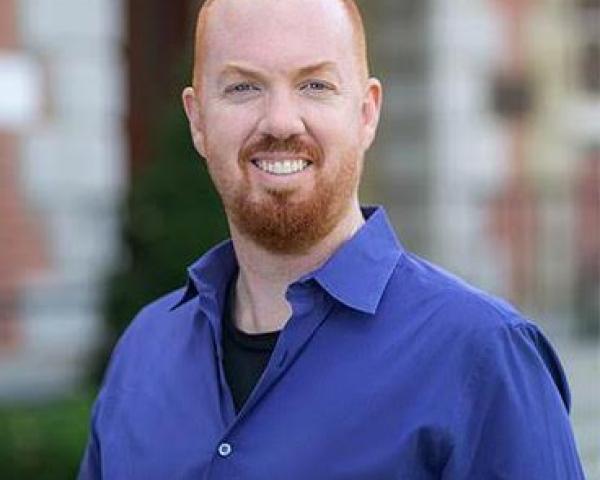What a difference two words make.
Last week, President Trump declared the opioid epidemic a “national public health emergency.” The declaration will speed up how quickly specialized personnel can be hired, expand access to treatment for some addicts and make some HIV/AIDS programs more flexible.
But many people wish he’d left out the words “public health.” That’s because a “national emergency” would have freed up money, and lots of it. The Public Health Emergency Fund at Health and Human Services currently contains only $57,000. And the president did not ask Congress to refill it.
But we shouldn’t entertain the idea that the federal government, or any other entity, is going to “fix” the opioid epidemic, just as you can’t pin blame for the crisis on a single entity. The epidemic is all-encompassing, far-flung and complex, and it unfolded over two decades and millions of bad decisions.
See also: 6 Shocking Facts on Opioid Abuse
Pharmaceutical manufacturers are partly to blame because they marketed opioids as safe when taken as prescribed. Doctors and medical institutions compounded the problem because they didn’t adequately question and research these false claims. Drug distributors shipped massive amounts of drugs to places that obviously didn’t need them, and pharmacists looked the other way when filling prescriptions that were clearly too large. The
Drug Enforcement Administration allowed manufacturers to make more and more opioids, even as overdose death rates skyrocketed. And many patients and drug users didn’t take responsibility for their own health.
There’s no one person or organization responsible for the crisis, and there’s no easy fix, no magic bullet.
I was disturbed by the recent
reports that the Trump administration was “scrambling” to formulate an opioid plan. This epidemic didn’t have simple causes, and the response to it should not be rushed out. Meaningful change will require a response that recognizes millions of addictions have been created that aren’t going anywhere.
Each of the parties that took part in creating of this epidemic must be a part of the solution.
For instance, doctors and medical schools need to develop drastically different prescribing protocols to avoid creating addictions. Their far-more-challenging task will be to develop ways to deal with all of the patients who have been prescribed high doses of opioids for many years and are understandably terrified that they will be taken off their meds, even though the drugs are probably sapping their lives of vitality. How do you treat those patients so they don’t turn to street drugs?
The federal government does have one big stick in its arsenal that hasn’t been used, which is the fact that the DEA is in charge of setting manufacturing quotas for all controlled substances. The DEA could use this power to force drugmakers to better track where their opioids are ending up. This hasn’t happened, and in fact, the DEA permitted hike after hike in manufacturing quotas, finally cutting the rates only in the last two years.
See also: Opioids: Invading the Workplace
In the end, I think the gathering
tsunami of lawsuits against the drug companies may prove to be more effective than the federal government’s response. The eventual settlements could dwarf the $206 billion in Big Tobacco settlements from 1998. We need to make sure that any settlement provides lots of money for research and treatment.
But neither the federal government nor plaintiffs' lawyers are going to “solve” this epidemic. Addictions, once created, don’t die easily. The opioid crisis is going to be a part of life in the U.S. for a long time.


